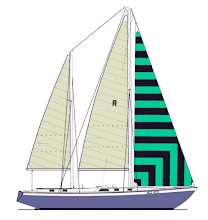
The slide rule is a splash proof non-electronic calculator with numerous nautical applications. Try one out for time, speed, and distance calculations on the internet at:
http://www.antiquark.com/sliderule/sim/n3t/virtual-n3-t.html
The 10 inch Keuffel & Esser 4080 models are good values on eBay. Also look up a reference book SLIDE RULE FOR THE MARINER by H.H. Shufeldt.







